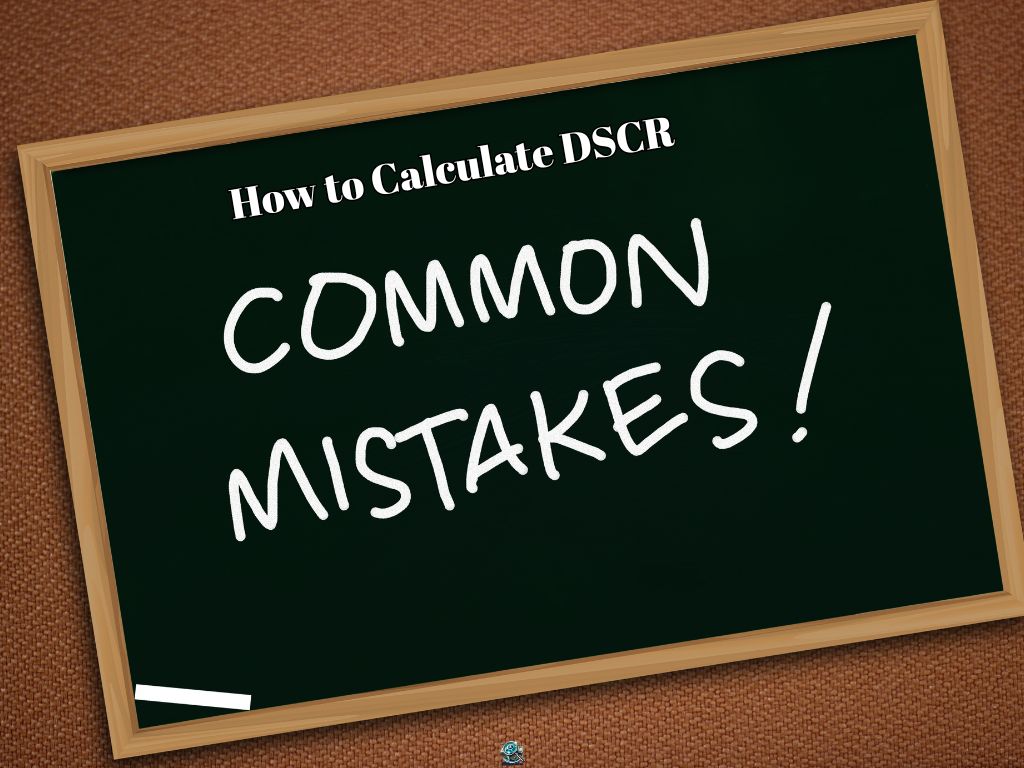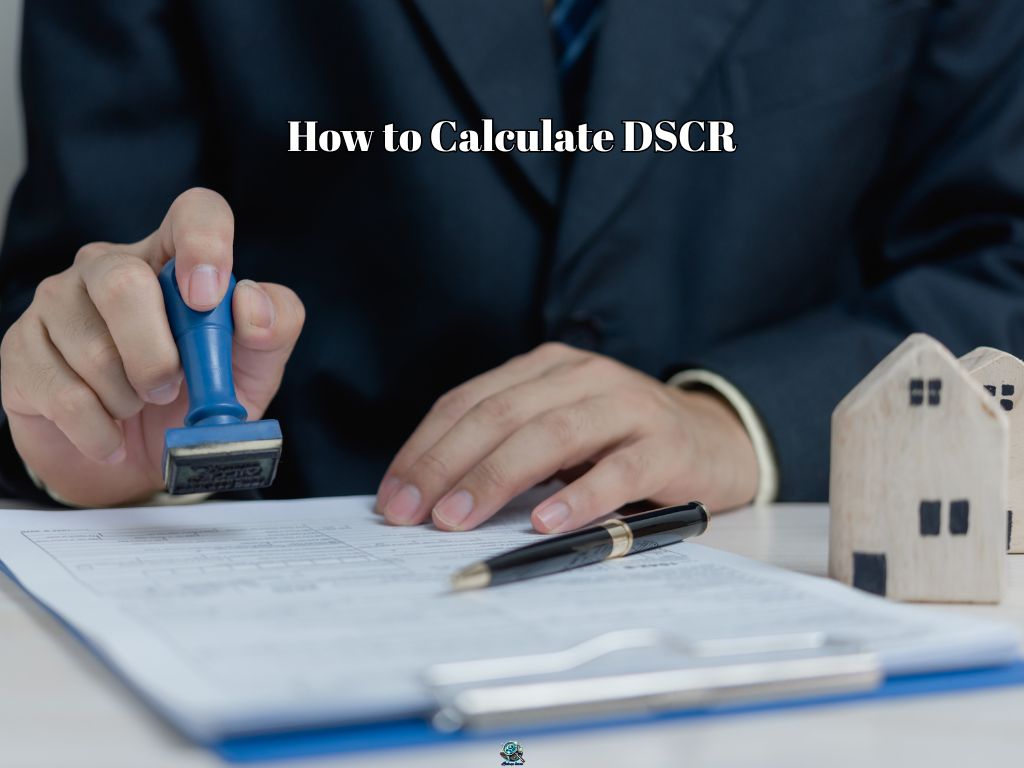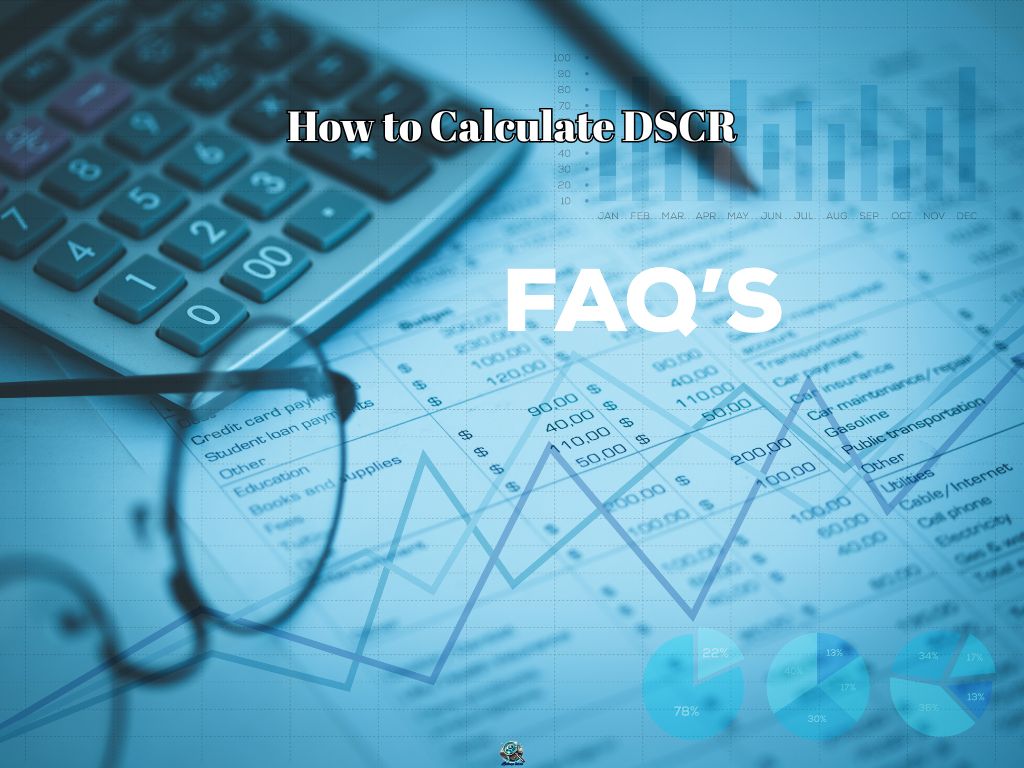Introduction
Most investors think they understand DSCR until they get their first rejection letter.
The truth is, calculating your Debt Service Coverage Ratio is not optional if you are serious about real estate investing. It is the first number lenders look at and if you get it wrong, no amount of smooth talking or high credit scores will save your deal.
Here is the good news: You do not need a finance degree to master it. By the time you finish this guide, you will be able to calculate DSCR faster and more accurately than most loan officers.
You will know exactly how lenders judge your property’s cash flow, how to avoid rookie mistakes that kill deals, and how to spot winning properties before anyone else does.
Let’s break it down.
Key Takeaways
- DSCR measures whether your property’s income covers its loan payments and how safely.
- The calculation is simple, but getting the inputs wrong can kill your approval.
- You will learn the exact formula lenders use (no guesswork, no hidden math).
- Real-world examples will show you how to calculate DSCR like a pro.
- You will discover common mistakes investors make and how to dodge them before they blow up your deal.
Disclaimer: This site contains affiliate links. If you make a purchase, we may earn a commission at no extra cost to you.

What Is DSCR (Debt Service Coverage Ratio)?
DSCR stands for Debt Service Coverage Ratio but do not let the name scare you.
At its core, DSCR answers one simple question: Can the property’s income cover the loan payments and by how much?
Lenders use DSCR because they care about survival, not promises.
If a rental property does not make enough money to pay the mortgage every month (plus a little extra cushion), it is a risky bet and lenders hate risk.
Here is how it works:
- If your property earns just enough to cover the loan payment, your DSCR is 1.0.
- If it earns more, your DSCR rises above 1.0 and lenders start to get interested.
- If it earns less, your DSCR falls below 1.0 and your chances of approval drop fast.
A strong DSCR shows lenders that even if rents dip a little, your property can still carry itself without problems. That is why, in the world of real estate investing, DSCR is one of the first numbers that can make or break your next deal.
Based on 2025 lender disclosures, most investor-focused lenders target DSCR ratios of 1.20 – 1.35 for standard rental properties.

How to Calculate DSCR: The Formula Explained
Calculating DSCR is simpler than most people think if you know where to look.
Here is the formula lenders use every day:
DSCR = Net Operating Income (NOI) ÷ Total Debt Payments
Let’s break it down:
- Net Operating Income (NOI) is the property’s total income after operating expenses but before paying the mortgage.
- Total Debt Payments include your monthly loan payments: principal, interest, property taxes, and insurance (sometimes called PITI).
If the math gives you a number above 1.0, your property makes enough to cover the loan.
If it drops below 1.0, the property is bleeding money and lenders see warning signs fast.
Quick Example of the Formula:
- Property rents for $2,500 per month.
- Operating expenses (management, maintenance, taxes) are $500 per month.
- Net Operating Income (NOI) = $2,000 per month.
- Total monthly debt payment (mortgage, taxes, insurance) = $1,500 per month.
Now, plug into the formula:
DSCR = $2,000 ÷ $1,500 = 1.33
Result: A DSCR of 1.33 means your property earns 33% more than it needs to cover the loan.
Lenders love seeing numbers like this.

📊 At a Glance: DSCR Formula Breakdown
If you prefer to see how the math fits together, here’s a quick breakdown of each part of the DSCR formula and what it actually means in real numbers.
| Component | What It Means | Example |
|---|---|---|
| Net Operating Income (NOI) | Property income after expenses, before debt payments | $2,000 monthly NOI |
| Total Debt Payments | Full monthly loan costs (principal, interest, taxes, insurance) | $1,500 monthly debt |
| Formula | DSCR = NOI ÷ Debt Payments | $2,000 ÷ $1,500 = 1.33 DSCR |
| Interpretation | Property earns 33% more than needed to cover debt | Strong, lender-friendly deal |
Insight: Now that you’ve seen the math laid out, you can tell instantly how each part affects the ratio. Even small changes in income or expenses can swing your DSCR — which is why lenders scrutinize these numbers so closely.
Ready to see how your property stacks up? Try our DSCR Calculator for instant numbers.

Real-World Example: DSCR Calculation Step-by-Step
Let’s run through a full DSCR calculation the way a lender would.
Property Details:
- Monthly Rent Income: $3,200
- Monthly Operating Expenses (management, taxes, insurance, maintenance): $700
- Monthly Mortgage Payment (principal + interest + escrow): $2,000
Step 1: Calculate Net Operating Income (NOI)
Start with the rental income, then subtract the operating expenses:
$3,200 – $700 = $2,500 Net Operating Income (NOI)
Step 2: Identify Total Debt Payments
This is your full mortgage payment, including:
$2,000 Total Monthly Debt Payment
Step 3: Plug Into the DSCR Formula
Now divide the NOI by the Debt Payments:
DSCR = $2,500 ÷ $2,000 = 1.25
Step 4: Interpret the Result
A DSCR of 1.25 means your property brings in 25% more income than needed to cover the loan.
For most lenders, this is the sweet spot:
- Enough cash flow cushion to feel safe.
- Likely to unlock better rates and smoother approval.
If the DSCR had been closer to 1.0, the lender would be nervous. If it were below 1.0, getting approved would be almost impossible or insanely expensive.

What Is a Good DSCR Ratio?
Not all DSCR numbers are created equal.
Lenders use DSCR to separate risky deals from solid investments fast and where your ratio falls on the scale can decide your interest rate, loan terms, or even whether you get approved at all.
Here is how most lenders see it:
- DSCR below 1.0: Danger zone. The property does not earn enough to cover the loan. Most lenders will deny the deal or offer brutal terms.
- DSCR 1.00 to 1.15: Barely acceptable. The property just covers the debt with no safety margin. Higher reserves, bigger down payments, and higher interest rates are likely.
- DSCR 1.20 to 1.35: Sweet spot. The property has enough cushion to feel safe. Most lenders offer their standard programs and decent rates at this level.
- DSCR 1.35 to 1.50: Strong deal. Higher cash flow relative to debt. Lenders compete for deals like this, you can negotiate better terms.
- DSCR 1.50 and above: Rockstar territory. You are seen as extremely low risk. You could unlock the best possible rates, faster closings, and fewer demands.
Why It Matters
The higher your DSCR, the more power you have when negotiating your loan terms.
Lenders are not emotional, they follow the math. And DSCR is one of the first numbers that tells them if you are worth betting on.

Common Mistakes Investors Make When Calculating DSCR
DSCR is simple but small mistakes can wreck your numbers and sink your deal.
Here are the errors that trip up even experienced investors:
Mistake 1: Forgetting to Include All Operating Expenses
Many investors only subtract property management or taxes and forget things like insurance, maintenance, or HOA fees.
If you leave out expenses, your Net Operating Income (NOI) will look falsely high and your real DSCR will crash when the lender recalculates it.
Mistake 2: Using Projected Income Instead of Real Numbers
Estimating future rent is a gamble lenders hate. If the property is already rented, use the actual lease numbers.
If it is vacant, lenders usually demand a market rent estimate not your best guess or what you think it could rent for someday.
Mistake 3: Ignoring Property Management Costs
Even if you plan to self-manage the property, many lenders still factor in a standard property management expense.
Skip this, and your NOI and your DSCR will look better than it really is.
Assume at least 8%–10% of gross rent for management when calculating NOI properly.
Mistake 4: Misreading Adjustable Mortgage Payments
If you are using an adjustable-rate mortgage (ARM), your future payment could rise.
Some lenders calculate DSCR based on the fully indexed rate not your teaser rate.
If you are not ready for that, you could misjudge your cash flow and get caught short later.
Mistake 5: Forgetting Taxes and Insurance in Debt Payments
Debt payments are not just principal and interest. Lenders want to see the full PITI (Principal, Interest, Taxes, Insurance) included.
Missing these costs will make your DSCR look better than reality until underwriting corrects it, and your deal falls apart.
Bottom Line: Smart investors double-check their DSCR math before they ever send in a loan application. One sloppy number can turn a winning deal into a dead end.
Get it right the first time and lenders will treat you like a pro.

Final Thoughts: Why Knowing Your DSCR Makes You a Smarter Investor
If you do not know your DSCR, you are guessing. And in real estate investing, guessing is how people lose money, fast.
Smart investors do not just hope their properties will cash flow. They know their numbers before they even make an offer.
Understanding how to calculate DSCR means you stop relying on opinions, gut feelings, or smooth sales pitches.
You control the math. You control the outcome.
It is not about impressing lenders. It is about stacking deals that actually build wealth one cash-flowing property at a time.
Learn the math. Master the calculation. And you will move through the real estate game like a professional, while everyone else is still asking for permission.

Frequently Asked Questions About DSCR Calculations
Do lenders calculate DSCR the same way I do?
Mostly, yes but they use stricter numbers.
Lenders base DSCR on verified income (leases or market rent reports) and include all known expenses like taxes, insurance, and sometimes assumed management fees.
If your personal DSCR calculation is too optimistic, expect corrections during underwriting.
How do I calculate DSCR on a short-term rental (Airbnb/VRBO)?
Some lenders only accept long-term market rent estimates, even if you plan to use the property for short-term rentals.
If a lender allows short-term rental income, you will need to show at least 12 months of booking history to prove consistency.
Always verify what income they will accept before making assumptions.
Does DSCR change over time after I get the loan?
Yes. DSCR can fluctuate as rents rise, expenses change, or the market shifts.
However, once your loan is approved and closed, lenders generally stop monitoring it unless you refinance or sell.
Your focus should stay on keeping strong cash flow year after year.
Can I still qualify if my DSCR is below 1.0?
It is possible, but difficult.
Some lenders allow DSCR as low as 0.75 to 0.99, but you will face:
- Higher interest rates
- Larger down payments
- Stricter reserve requirements
Most solid deals will need at least a 1.0 DSCR to get approved without brutal terms.
0 Comments